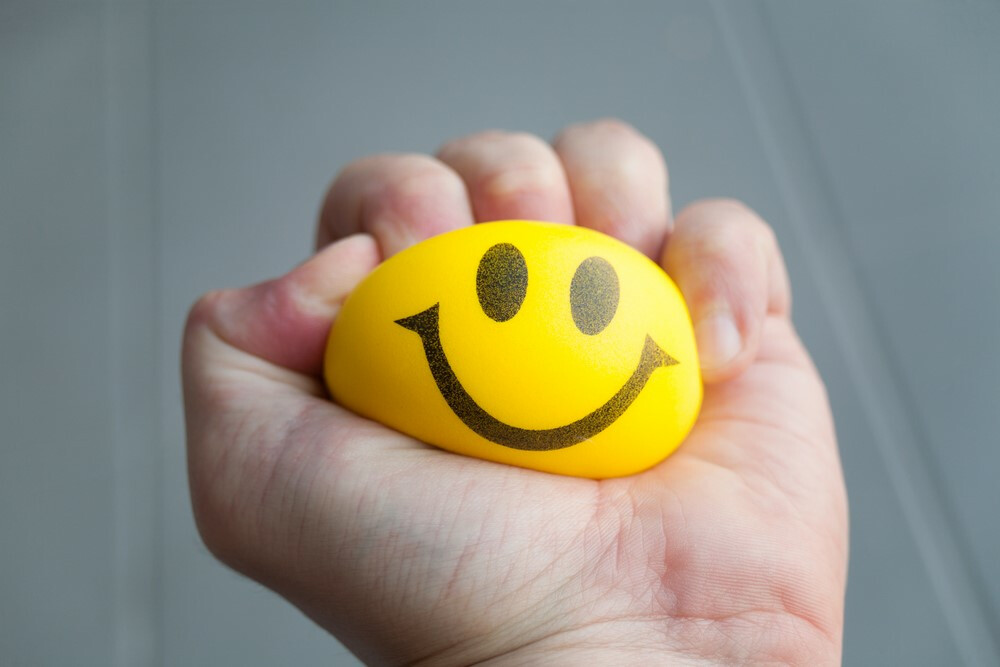
Product Spotlight: Stress Balls
Stress is a given in our lives. Stress balls can be a fun way to cope with it.
Rick Cundiff
Let’s face it, we live in a stressful world. You name it, we humans can have stress about it.
Jobs. Money. Family. Health. School. Not to mention traffic, a pandemic, climate change, and the question of whether the McRib is really on its Farewell Tour.
It’s nothing new. Stress has been a part of our lives since the beginning of time.
Naturally, as long as people have felt stress, they’ve done their best to find ways to cope with it. Many people find squeezing or throwing a stress ball helps.
These little polyurethane wonders have been with us since the 1980s, but their predecessors are far older. The roots of a handheld way to manage anxiety date back at least to ancient China. (No, they didn’t invent the fidget spinner.)
Walnuts – the Original Stress Balls?
Start with the Han Dynasty, around 206 BCE. There’s evidence that warriors of that era held and crushed walnuts sometimes to stay mentally focused in battle.
By the 14th century, craftsmen created Baoding balls, named for the city in which they were made. These consisted of a pair of metal balls that could be rotated in the hand. They were mass produced and sold as a way to facilitate meditation. (Fans of the novel and movie “The Caine Mutiny” might recall Captain Queeg’s ball bearings serving a similar purpose.)
While traditional Baoding balls are made of metal, they can be made of other materials as well, including wood, jade or marble.
A New Material is Born
The next step closer to stress balls as we know them today occurred in 1937. That’s when a German scientist invented polyurethane, a new form of plastic. Aircraft manufacturers used the material as a coating for aircraft parts during World War II.
After the war, companies developed new uses and forms of polyurethane, including soft, flexible fibers. That led to the invention in 1969 of the now-classic Nerf ball. While the four-inch ball was too big to serve as a stress ball, it showed what could be done with the material.
A Bad Day Leads to a Great Idea
In 1988, Alex Carswell had a frustrating day at work. He reportedly expressed his frustration by throwing a pen at a wall. The pen struck and broke the glass on a portrait of his mother. He realized the world needed something that people could use to vent their frustrations without damaging property. He soon patented the original Stressball, a squeezable blue ball made of polyurethane.
That original stress ball contained a microchip that mimicked the sound of glass breaking when the ball was thrown. That soon proved to be cost-prohibitive, as others introduced similar, yet silent, products that sold for less.
Stress Balls Today
Today’s stress balls come in many styles, colors and even shapes. They vary in size, “squeezability,” and texture. While many remain round, other shapes have become more common, leading to the more generic term “stress relievers.”
They have become popular marketing tools as well. Imprinted with a company brand or logo, they’re a fun giveaway that grace many an office desk. Feeling stressed out? Why not give stress balls a try?
Rick Cundiff
Content Director, Blogger
Rick Cundiff spent 15 years as a newspaper journalist before joining TJM Promos. He has been researching and writing about promotional products for more than 10 years. He believes in the Oxford comma, eradicating the word "utilize," and Santa Claus.
